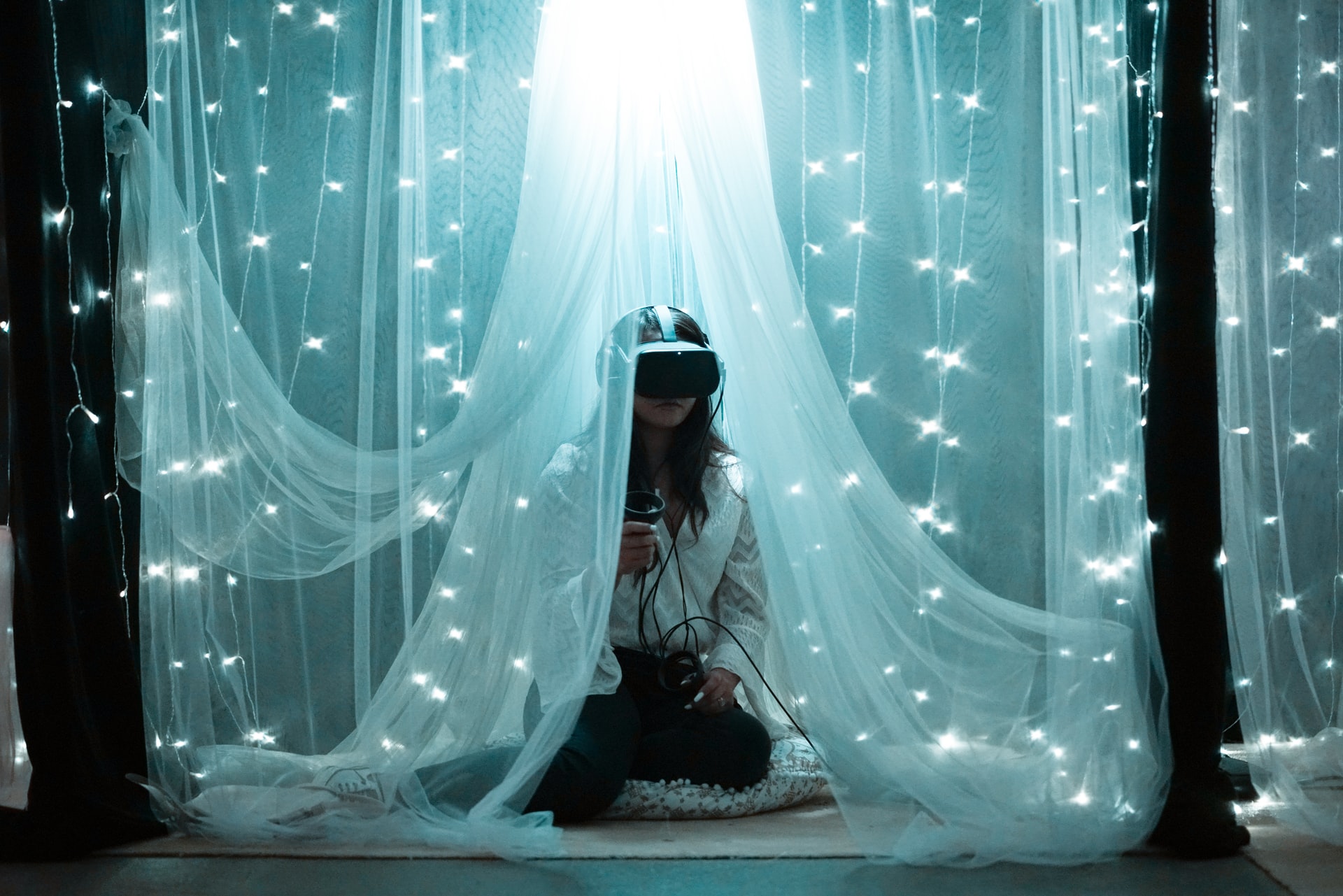INDUSTRIES USED IN AR AND VR TRAINING
Virtual reality (VR) and augmented reality (AR) have been here ever since. The first concept of virtual reality was invented in the early 1860s. A few years later, Antonin Artaud, a famous avant-garde of the 20th century, declared that cinemas should abandon their belief and watch the film as if they were actually playing in front of his eyes.
Continuing for another decade, and from the 1970s to the 1990s, the medical, military, automotive, and aerospace industries functioned successfully. Still, it is useful to note that the modern notion of virtual reality stems from the scientific and philosophical ideas of writers such as Isac Asimov, HG Wells, and Aldous Huxley.
AR IN ELEARNING
Aggregate reality is different from virtual reality because the user or student does not immerse themselves in their own world through technology and information from a computer. With AR, the user is still in the real world, things in the virtual world are usually above the real thing.
There are different ways to use AR in-company training or employee training programs. Safety techniques, onboarding techniques, and machine repair are taught with the help of facts. Through augmented reality, users can learn new ideas that will be too risky or dangerous to assimilate in real life.
VR IN ELEARNING
Although virtual reality simulation and user training tutorials are used to create an immersive, immersive and immersive experience for the learner, the main differences between virtual reality and augmented reality and online learning are:
• Level of immersion: virtual reality is an immersive experience in which augmented reality looks to the future
• Device use: Where virtual reality is generally used for headset technology, augmented reality can be displayed on the head, handheld device, laptop, and many other modern technologies.
• Applications: When it comes to education, virtual reality and augmented reality applications are different. Virtual reality can engage students with immersive experiences, such as seeing what the world was like during the Renaissance era. Still, AR offers a wide range of applications because it is useful in a learning environment where students need to know where they are.
BENEFITS OF USING AR AND VR IN LEARNING
- High Learner Engagement
Other existing technologies increase the level of student participation. This is because technology has enabled filmmakers, tutors, and game designers to combine entertainment and performance with the delivery of eLearning content.
Aside from cool and fun things, fact-based and virtual teaching is also attractive to students due to risk-free learning. Athletes can do the same as many times as they want until they learn to do it right.
- Lower Costs and No Risks
More money has been invested in improving AR and VR for eLearning. Therefore, the cost of incorporating these technologies into your learning and development (L&D) culture is much lower than a few years ago. Earning money and a risk-free learning experience makes augmented reality and virtual reality ideal for use in the e-learning industry.
- More Practice
An immersive gamer in an AR or VR application can learn the correct idea in a simple process. But more importantly, other existing technologies allow students to do more. Learning by virtue of it promotes the retention of knowledge and the acquisition of skills. The ideas provided can be applied as soon as you use AR and VR with eLearning.
- Self-Paced Learning
As mentioned, trainees can play the same level multiple times without the risk of injury or causing injury with their learning techniques. This crash-free app of modern technology enables self-learning and the ability to go to school until you identify with an idea.
- Personalized-Learning Paths
Personalized learning is not new in the world of eLearning. But in fact, man-made, this idea turned out to be a self-examination. Students can choose their own path and help the app personalize their experience based on a wide range of personal data and interests.


